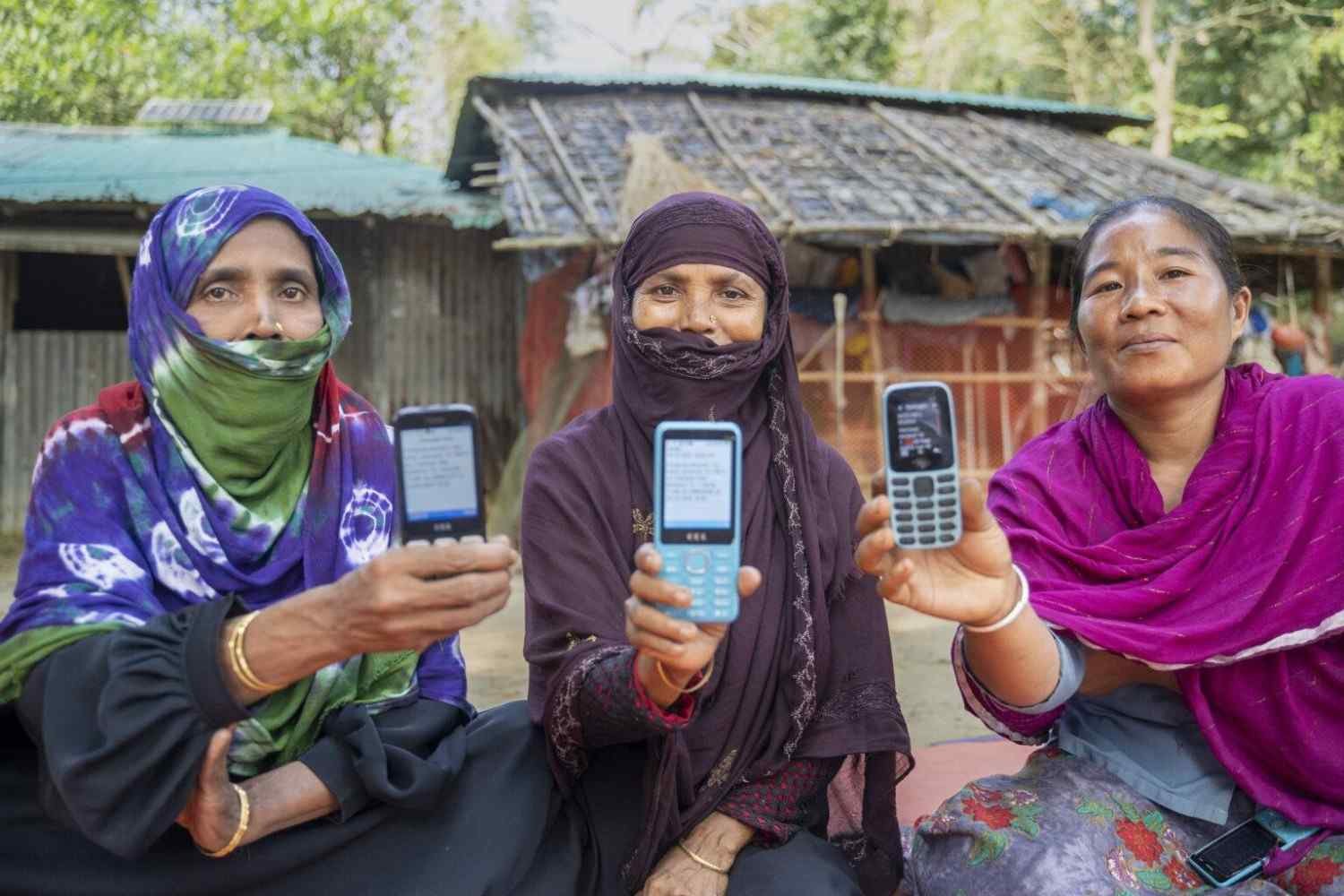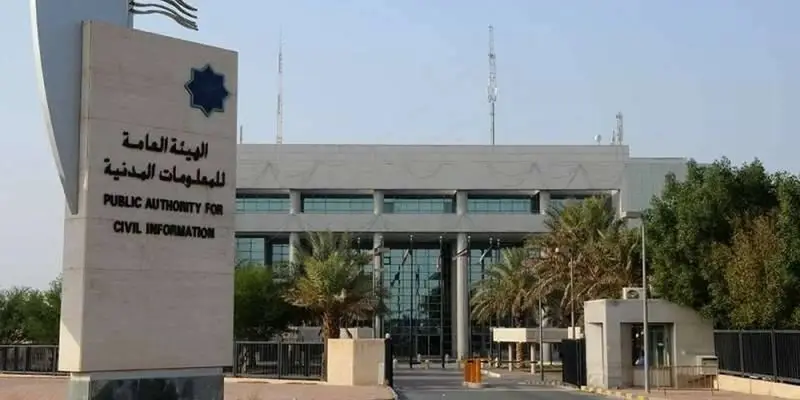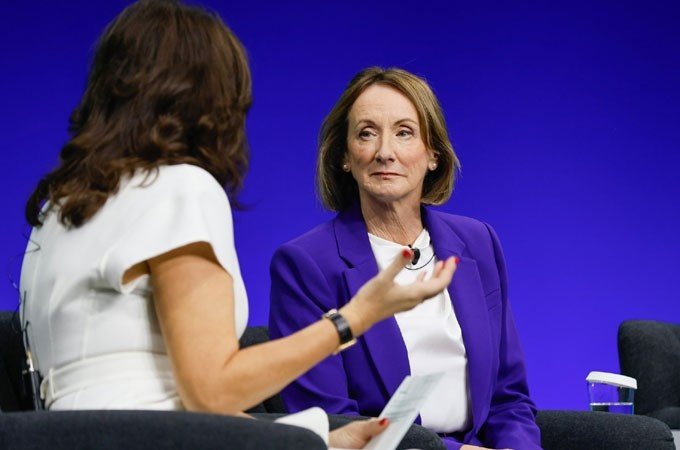GiveDirectly, in partnership with researchers and Bangladesh’s government, tested “MobileAid”—a method using anonymized mobile phone data and machine learning to identify impoverished households faster and more cost-effectively than traditional methods. The pilot in Cox’s Bazar analyzed phone call patterns, SMS use, recharge behavior, social contacts, and movement data to predict economic vulnerability. Selected households received direct mobile money payments after remote identity verification.
MobileAid outperformed community-based selection and closely matched traditional survey methods while being faster and cheaper. Simulations in Bangladesh and Togo showed phone-based targeting yields the best welfare impact when screening large populations with limited budgets. Challenges for scaling include regulatory approvals, securing telecom cooperation, and building trust, suggesting a blend of technology and community outreach is vital.
The approach is especially promising for disaster response, where rapid identification of vulnerable households through behavioral changes and location data can expedite aid delivery. With the right frameworks and partnerships, MobileAid could revolutionize social protection by making it more timely, inclusive, and aligned with real-world needs.















